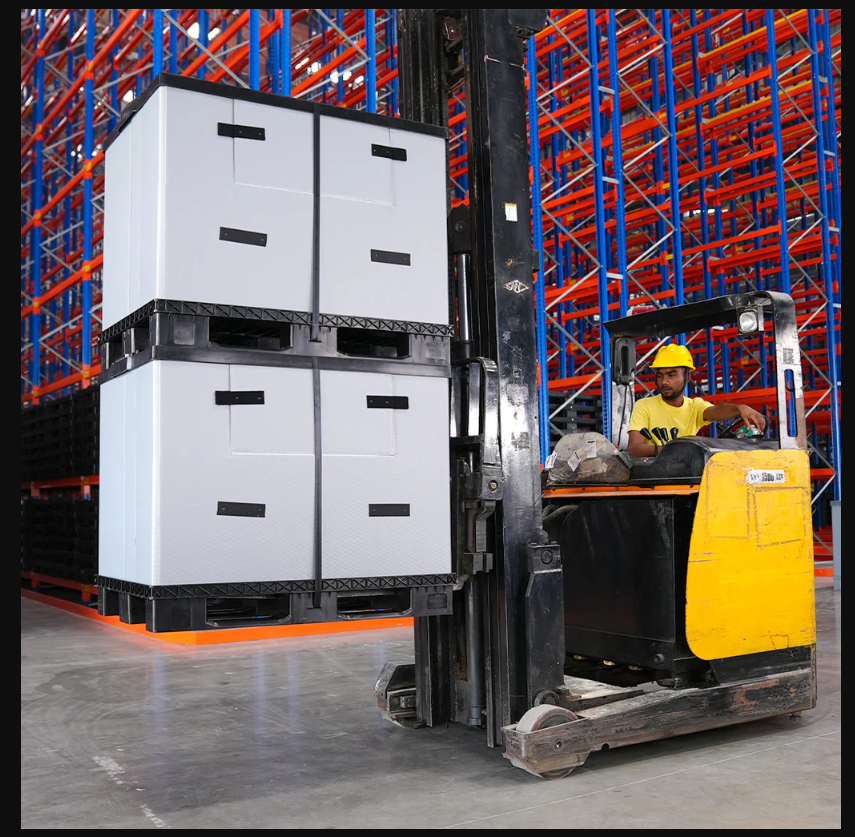If you’ve ever been part of a construction project, home renovation, or even a large-scale event setup, you know that floors are often the first casualties. Scratches, paint splatters, water stains, and debris—flooring takes a beating. Whether it's tile, marble, wood, or laminate, floors are expensive and, in many cases, permanent. This is where a lesser-known but game-changing product comes into play: floor protection sheets.
In this article, we’ll explore why floor protection sheets are more than just a temporary fix, how they differ from traditional methods, and why they deserve a permanent place in your construction or maintenance checklist.
Why Do Floors Need Protection?
It might seem like a small detail, but during renovation, flooring damage accounts for a significant chunk of unnecessary costs. From the impact of falling tools to the continuous dragging of ladders and paint buckets, unprotected flooring is at high risk. Here's a breakdown of what typically damages floors:
- Foot traffic: Contractors and workers often carry heavy equipment, which increases wear and tear.
- Spills: Paint, water, and chemicals can leave permanent stains or weaken the surface.
- Dust and debris: Particularly in wooden flooring, abrasive particles can cause micro-scratches that build up over time.
- Impact damage: Dropped tools or sharp objects can chip or dent the flooring material.
The solution? A durable barrier that keeps the flooring safe while allowing work to continue unimpeded.
The Evolution of Floor Protection
Historically, floor protection was rudimentary at best. Think of old newspapers, worn-out blankets, or tarpaulin. While these might offer some degree of coverage, they fall short on several fronts: durability, water resistance, slip resistance, and aesthetic professionalism.
In contrast, modern floor protection sheets are engineered for purpose. Made using advanced materials like polypropylene with honeycomb structures or multi-layered composites, these sheets offer significantly better protection and reusability.
What Makes Floor Protection Sheets Stand Out?
Let’s examine the key features that have made floor protection sheets the preferred choice in both residential and industrial applications:
1. Impact Resistance
Most floor protection sheets are designed with multiple layers, often including a shock-absorbing core. This helps in absorbing the impact of dropped tools and heavy equipment.
2. Waterproof and Spill-Proof
One of the primary reasons for using floor protection is to avoid moisture damage. Whether it’s paint, water, or chemicals, these sheets provide a non-permeable layer that shields your flooring from liquid damage.
3. Non-Slip Surface
Safety is a huge concern at work sites. High-quality sheets come with a textured, anti-skid surface that prevents slipping accidents—an essential feature for worker safety.
4. Reusable and Eco-Friendly
Unlike plastic sheets or masking tapes that are used once and discarded, many floor protection sheets are reusable. This not only reduces costs over multiple projects but also supports sustainable building practices.
5. Easy Installation
Most sheets are lightweight and can be laid down quickly without requiring adhesives. Some can even be cut to fit custom areas, making them highly adaptable.
Common Applications
Although widely used in construction, floor protection sheets are versatile and can be adapted for several other applications:
- Home renovations: Protect tiles and wooden floors from damage during painting or furniture movement.
- Industrial sites: Safeguard floors during equipment installation or maintenance.
- Event setups: Temporary stages, lighting rigs, and display booths can all be hard on flooring. These sheets provide a neat and effective layer of protection.
- Interior fit-outs: During cabinet installation or drywall setup, they prevent floor scuffs and dust accumulation.
Choosing the Right Floor Protection Sheet
Not all sheets are created equal. Here are some tips on how to choose the right product for your needs:
FactorWhat to Look ForMaterialPolypropylene or multilayered plastic for durabilityGSM (Density)Higher GSM for heavy-duty applicationsReusabilityChoose sheets that can be used for multiple cyclesSurface TextureAnti-slip surface for worker safetyEdge FinishingRounded or sealed edges to prevent tearing
Comparing Alternatives
To appreciate the value of floor protection sheets, let’s compare them with commonly used alternatives:
MethodProsConsTarpaulin SheetsCheap and widely availableSlippery, not durableNewspapers/BlanketsReadily availableTear easily, not waterproofCardboardInexpensivePoor resistance to liquidsFloor Protection SheetsDurable, water-resistant, reusableSlightly higher upfront cost
As seen above, while traditional methods might seem cost-effective initially, the repeated need for replacement and the risk of floor damage make them more expensive in the long run.
Sustainability Angle
Sustainability is becoming a crucial consideration in construction and renovation. One-time use materials contribute significantly to job-site waste. By contrast, floor protection sheets can be used multiple times without losing effectiveness, thus contributing to waste reduction and cost efficiency. Many are also 100% recyclable, making them a responsible choice.
Real-World Impact: Case in Point
In commercial and residential settings alike, contractors are reporting measurable benefits. In large apartment projects, switching from disposable paper-based protectors to durable polypropylene sheets reduced replacement frequency by over 60%. In event spaces with delicate wooden floors, reusable protection sheets reduced scuff marks and repair costs by a significant margin.
Even interior designers and architects are now recommending these sheets during staging, installation, and post-renovation cleaning.
Final Thoughts
Protection is often overlooked in the rush of productivity. But anyone who has faced a hefty bill for floor damage knows that prevention is not only cheaper but smarter. Modern floor protection sheets offer a practical, cost-efficient, and eco-friendly solution that no project—big or small—should go without.
So the next time you plan a project involving floors, remember: it’s not just about building or improving. It’s also about protecting what’s already perfect.





Comments